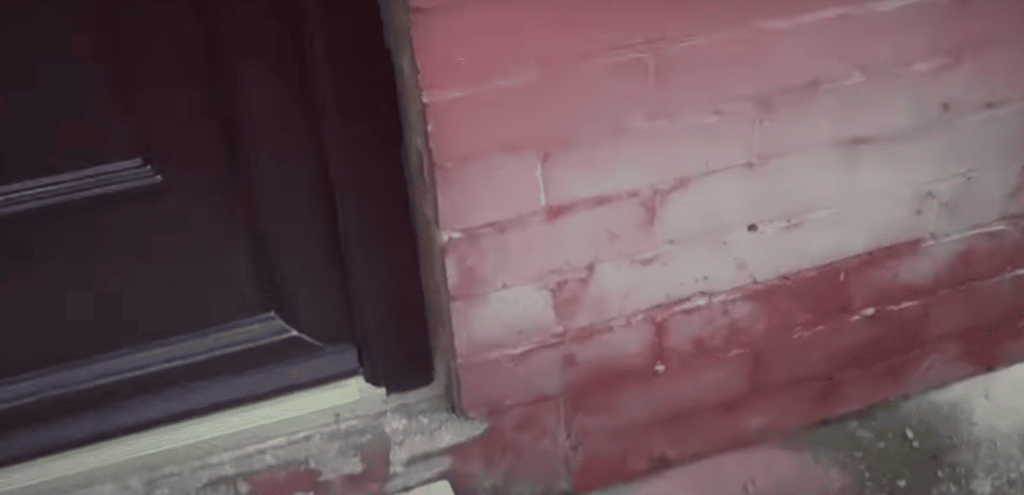Looks like rising damp!
There are many times when we are called in to survey a house because the base of the wall is damp. Sometimes this proves to be rising damp due to the lack of a DPC or even a DPC which is broken down or bridged. However, just because it looks like rising damp it isn’t necessarily going to be solved by installing a new chemical DPC.
The short video demonstrates this. This is a post war semi in cavity brick. It has a physical DPC of the bitumen type installed from new. The walls in the front of the house, near the front door are damp and salty at low level. Typical rising damp symptoms.
Our surveyor found that the rest of the walls were all dry at the base. This immediately rings alarm bells; if the old DPC were perished and not working, would this happen in only one place? Unlikely.
This means that further investigation is called for. The external inspection doesn’t reveal a cause – for example the pointing is no better or worse than the rest of the house and the ground level is over 150mm lower than the DPC. A quick look in the cavity reveals that the cavity is full of mortar droppings, which correspond to the damp patches. There are no excessive mortar droppings to the rest of the walls.
It looks like rising damp and it is rising damp. However it is caused by internal bridging of the DPC rather than the breakdown of the DPC material.
The ‘cure’ in this case is exposing the cavity and cleaning out the mortar droppings so that the DPC is no longer bypassed by the debris. This is an in-built defect. This is important because it tells the surveyor that the wall will have been subject to the effects of moisture rising past the DPC, from the ground, for a very long time.
This matters because the long term cycle of rising damp will have inevitably concentrated minerals from the ground, into the wall and plaster. The plaster will need to be replaced with a salt-resistant type at the very least. This needs to be done to a minimum height of 300mm past the last extent of any excess electronic moisture meter readings. Electronic meters tend to over-read where salts and moisture are present. This means that the moisture meter is an invaluable aid to ensuring that no salt contaminated plaster is inadvertently left in-situ. If plaster was left, which was contaminated the plaster would remain moist due to the hygroscopic effect of Chlorides and nitrates.
All damp problems can be solved. Our qualified and experienced surveyors leave no stone unturned, to find the cause and ensure that the remedy addresses that first. Call us now on Leeds 265 2752 York 566577 or Sheffield 224 5121 or email us via our contact page

